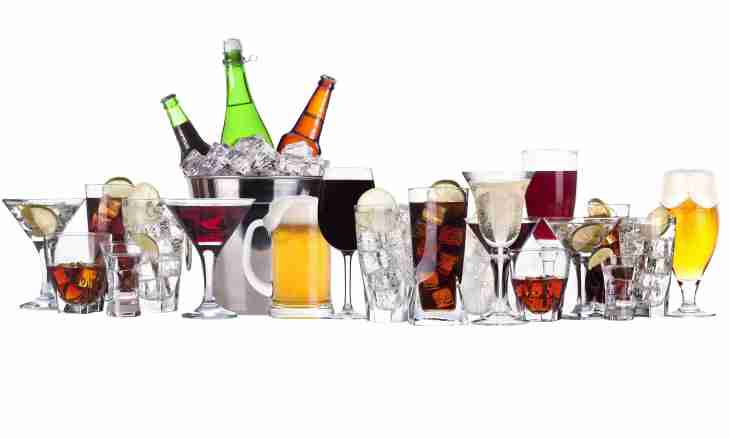Among traditional drinks of the different countries it is possible to meet not only rather low alcohol beer and wine, but also the drinks containing at least 40% of alcohol. Each of these hard liquors differs not only in degree, but also a peculiar flavor, rules of the use and giving.
Kokoroko
The strongest alcoholic drink in the world is manufactured in Bolivia. Its name - кокороко, and percent of content of alcohol reaches 96. This drink is cooked from a sugar cane, often in house conditions. Kokoroko seldom drink in an undiluted look. The most popular direction of use of this drink is a dilution by its cold tea in a proportion to taste. Sometimes add several drops of lemon juice to cocktail.
Everclear drink is close to кокороко both on alcohol content, and to taste. The difference consists in a way of preparation - Everclear do of wheat grains, as well as vodka. This type of alcohol is made only in industrial conditions as differently it is impossible to reach rather high extent of cleaning. Also actively do cocktails of Everclear.
Whisky
All types of whisky belong to hard alcoholic beverages. However there are grades which contain much more alcohol, than others. The example is Bruichladdich whisky which is produced on one of islands near Scotland. This whisky contains more than 91% of alcohol. The recipe of this whisky was thought up in the 17th century, but drink still keeps popularity. Whether it is drunk in an undiluted look as a part of various cocktails.
Though the majority of grades of beer belong in low alcohol drinks, there is also a special fortified beer reaching 50 percent of content of alcohol.
Absinthe
Absinthe is one of the most known hard alcoholic beverages. He prepares on the basis of extract of a wormwood and some other a savoury herbs - an anise, fennel, a camomile and others. Absinthe appeared in the 18th century in Switzerland. The reputation of this drink was very ambiguous because of the high content of substances, on effect similar to narcotic. At the beginning of the 20th century in Europe and the USA the campaign for prohibition of absinthe began, as it was realized in many the countries - in France, Switzerland, the Netherlands and the USA this drink was outlawed. In the nineties, however, absinthe was rehabilitated. Its production and sale became legal again, but on condition of control of an extract content of a wormwood in its structure. Modern absinthe doesn't cause specific dependence and hallucinations which were characteristic of those who used absinthe in the 19th century.
A number of experts explain the ban of absinthe not only its potential health hazard, but also influence of competitors - producers of wine.
There is a set of grades of absinthe. The most popular has an original green color. Also there is a red modification of absinthe with pomegranate juice. The absinthe option made on extracts from roots, but not leaves and flowers of plants is less popular. The amount of alcohol in absinthe differs depending on a producing country. The French absinthe seldom reaches 65 degrees while the Swiss grades can reach 75 and more percent of content of alcohol. Absinthe practically is never used undiluted. By tradition it is given with a special spoon in which it is necessary to put sugar. Water is poured into absinthe, passing through some kind of sugar filter. At dilution, absinthe becomes hazy. Also absinthe can be a component of cocktails.
Rum of Bacardi
Bacardi is one of the most popular brands of rum in the world. Rum appeared in the 16th century in Cuba. In the same place later also modern rum of Bacardi was framed. This trademark releases a set of types of rum, including extra-strong, the amount of alcohol in which reaches 75 percent. This rum is most often used as a part of cocktails. Also Bacardi is used in cookery for a flambirovaniye - for example, water with this rum at preparation meat then set fire to it.

